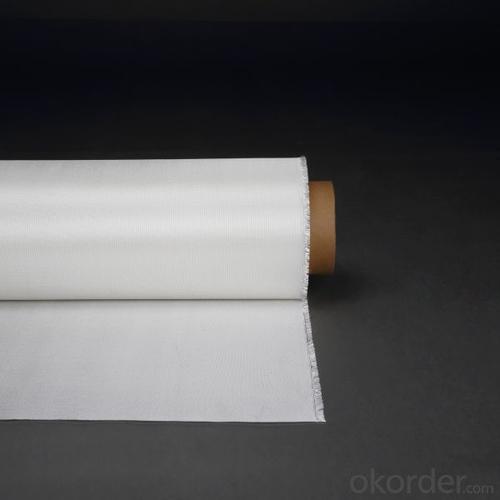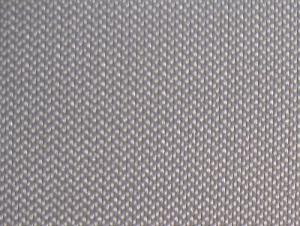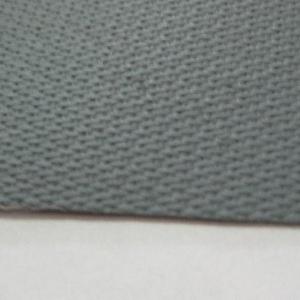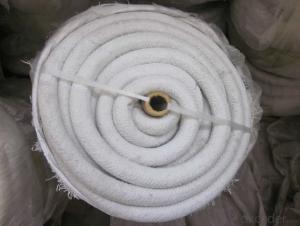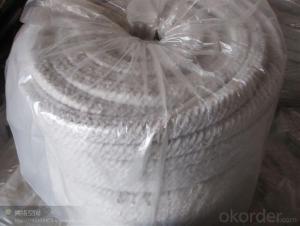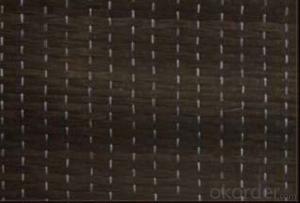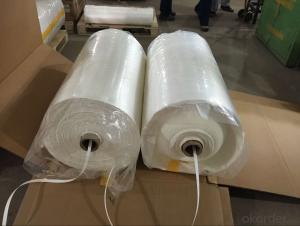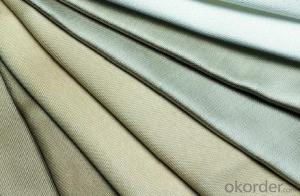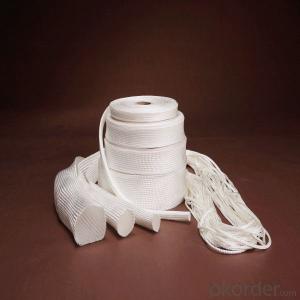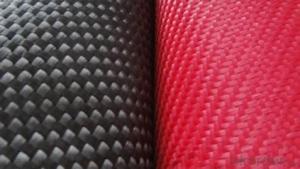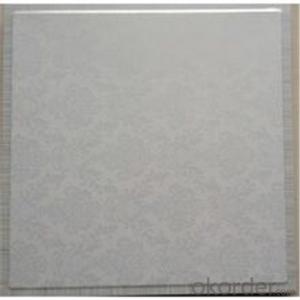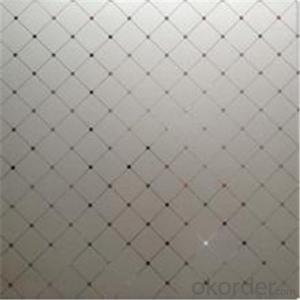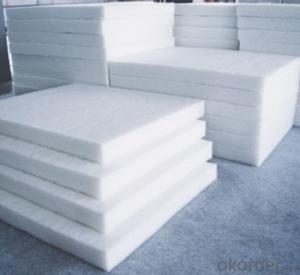Glass Fiber Textiles - High Silica Fiberglass Cloth Resisting 1000 Centigrade
- Loading Port:
- China main port
- Payment Terms:
- TT OR LC
- Min Order Qty:
- 50 m
- Supply Capability:
- 10000 m/month
OKorder Service Pledge
OKorder Financial Service
You Might Also Like
Product Description
Silica fiberglass is inorganic fiber that contents more than 96% of SiO2, it's resistant to high temperature, soft point 1700°C, long term service temperature 900 °C, it can work 10 minites at 1450 °C and keeps good state at 1600 °C for 15 seconds. For it's properties of chemical stability, high temperature resistance and ablation resistance, it widely used in aviationand aerospace, metallurgy, chemical, building material and fire fighting industry, etc.
Our factory is the only one that specialized manufacture silica fiberglass in China and has the production line of the whole process from marble making, fiber forming, weaving, and finish. The strength of silica fiberglass made from Na2O-B2O3-SiO2 system glass is 3-5 times higher than that from E glass. The products sold to more than 20 provinces, cities, autonomous regions and exported to foreign countries.
Silica fiberglass products are available in forms of needled mat, fabric, scrim, staple yarn, chopped strand and cord, etc.
Product Properties
1> SiO2>=96%
2> soft point nearly 1700°C, long-time working at 900°C
3> low thermal conductivity
4> good chemical stability
5> good electrical insulation
6> low thermal shrinkage
7> Non-asbestos product without pollution
8> good process performance
Product Uses
High temperature resistant, insulation and sealing material
High temperature ablation resistant material
Fireproof material (for fireproof protective clothe, fireproof curtain, fire blanket)
Dust collecting in media of high temperature gas and filtration in media of high temperature liquid
Filter for molten metal
Distinguisher, insulation material, filtration of automobile and motorcycle
Protective material for welding
Electricity insulation material
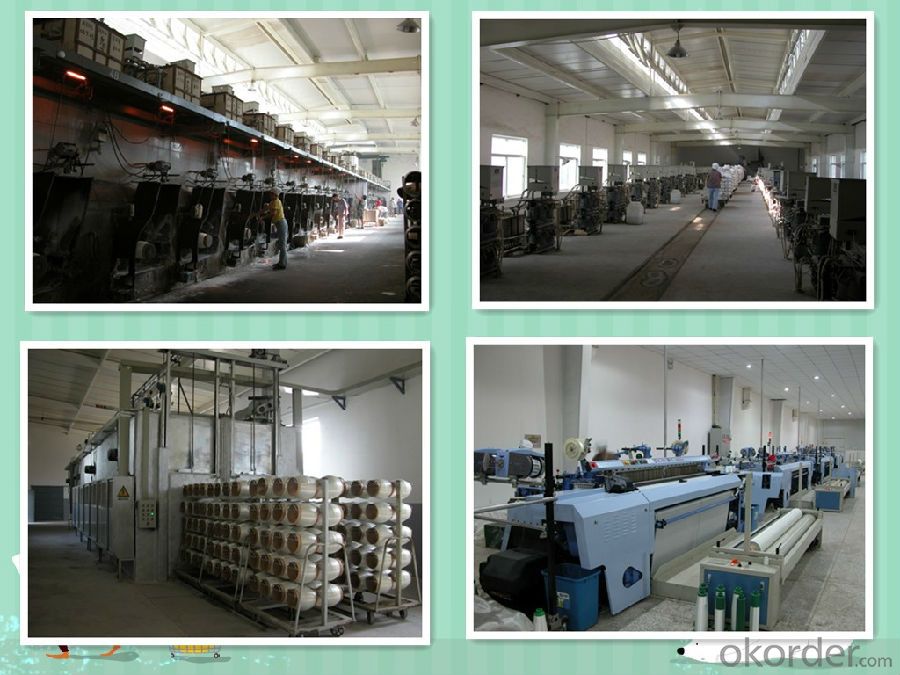
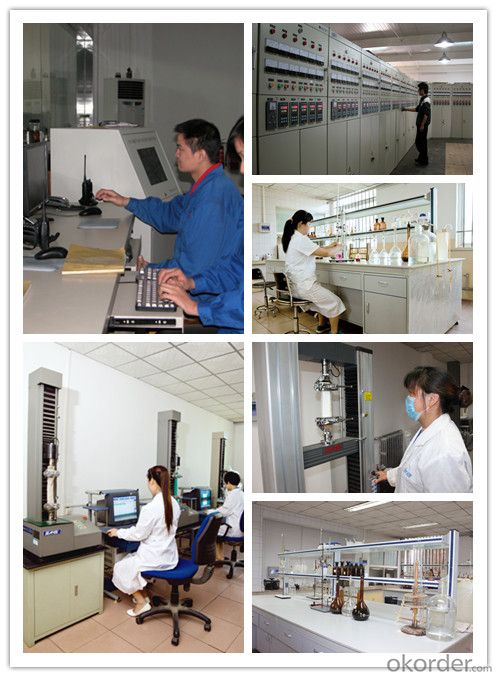
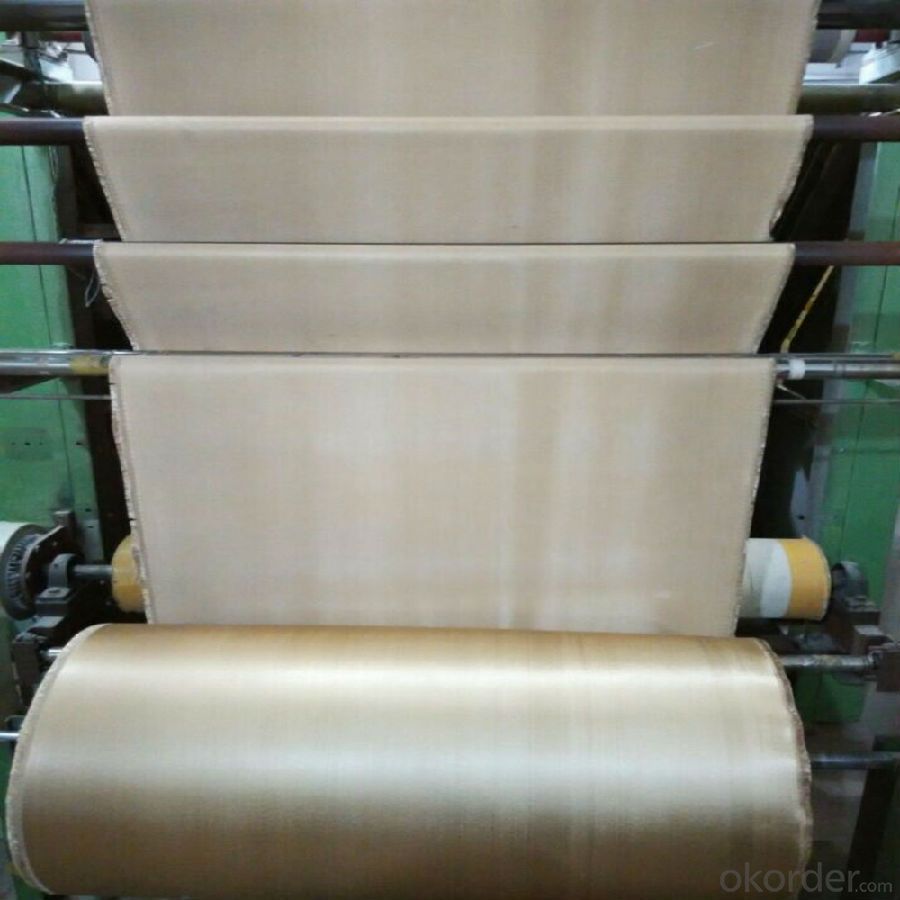
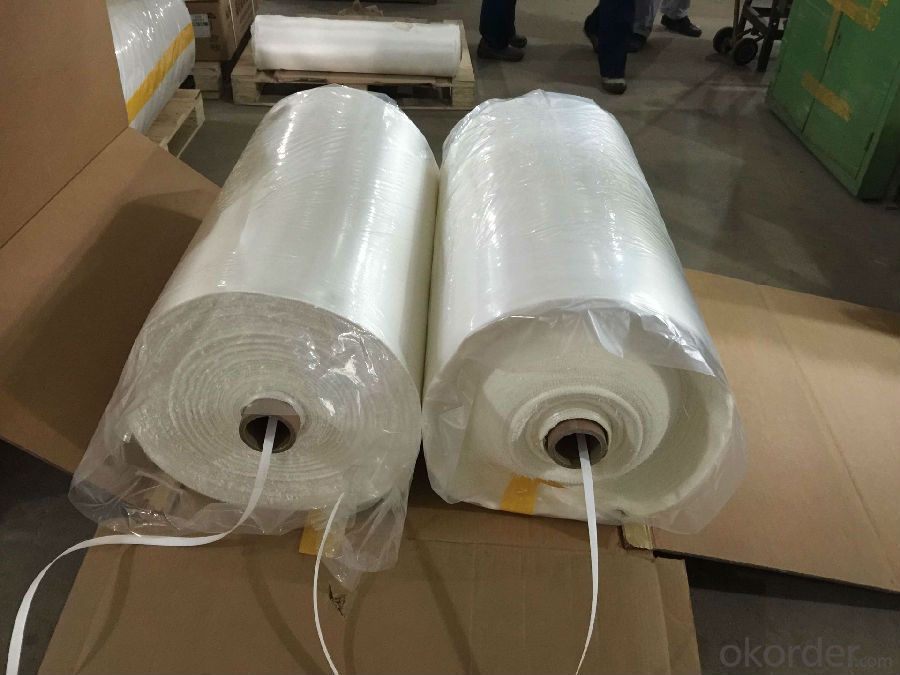
- Q: The antibacterial effect of bamboo fiber fabric is because it has been added with a kind of assistant, not the yarn of bamboo fiber itself
- According to the truth, natural bamboo fiber has a certain antibacterial and bactericidal effect, but the problem is that most of the so-called bamboo fiber is not natural bamboo fiber
- Q: What is the difference between clothing material, chemical fiber and fiber?
- Combustion is one of the simple and common methods for identifying fibers. It uses different fiber combustion characteristics to identify fiber types. But only for pure textiles and woven fabrics. It is not suitable for blended new products, core spun yarn products and fire proofing products.Cotton: rapidly burning in flames, emitting white smoke;Flax: burning rapidly in the flames, emitting white smoke;Hair: gradually burning, with hair flavor, burning crisp black ash;Polyester: first fused, then fired, with a glass black brown hard sphere;Viscose: low strength, hard to harden after launching.
- Q: How do glass fiber textiles affect sound absorption?
- Sound absorption can be significantly impacted by glass fiber textiles. These textiles are adept at trapping and dissipating sound waves due to their porous and fibrous nature. When sound waves encounter glass fiber textiles, they pass through the air gaps between the fibers, causing the fibers to vibrate. This vibration converts sound energy into heat energy, effectively reducing the intensity of the sound waves. The fibers in glass fiber textiles are randomly arranged, resulting in a complex network of pathways for sound waves to travel through. This increases the likelihood of sound absorption. Furthermore, the fibers' large surface area provides ample opportunities for sound waves to interact and be absorbed. Glass fiber textiles possess the added advantage of being lightweight and flexible, making them suitable for various applications in sound insulation and acoustic treatment. They can be easily installed on walls, ceilings, or other surfaces to enhance sound absorption and reduce reverberation in a room. In summary, glass fiber textiles are highly effective at absorbing sound due to their porous structure, vibration properties, and ability to create a complex network for sound wave dispersion. They offer exceptional acoustic performance and are commonly utilized in industries such as construction, automotive, and music studios.
- Q: How do glass fiber textiles affect the dimensional stability of fabrics?
- Fabrics can experience improved dimensional stability with the use of glass fiber textiles. By adding glass fibers to fabrics, their overall strength and rigidity are enhanced, resulting in increased resistance to stretching and shrinking. The inclusion of glass fibers helps fabrics maintain their shape and structure over time, preventing distortion or warping. This is particularly advantageous in applications where dimensional stability is crucial, such as upholstery, automotive interiors, and technical textiles. Moreover, glass fiber textiles offer exceptional resistance to heat, moisture, and chemicals, further reducing the likelihood of deformation or shrinkage under harsh conditions. Overall, incorporating glass fiber textiles into fabric structures can greatly enhance their dimensional stability, ensuring durability and reliable performance.
- Q: Can glass fiber textiles be printed on?
- Glass fiber textiles are capable of being printed on. To achieve desired patterns or designs, ink or dye is applied onto the textile's surface during the printing process. It should be noted that the specific characteristics of the glass fiber textile determine the printing technique employed. Thicker and more rigid textiles often utilize screen printing, whereas thinner and more flexible textiles may benefit from digital printing or heat transfer printing. Moreover, the selection of ink or dye must be carefully considered to ensure proper adhesion and durability of the printed design on glass fiber textiles.
- Q: How do glass fiber textiles affect privacy?
- Glass fiber textiles can significantly enhance privacy by acting as a barrier that obstructs visibility. These textiles have the ability to obscure views and prevent outsiders from seeing through windows or partitions, thereby increasing privacy in various settings such as homes, offices, or public spaces.
- Q: Can glass fiber textile be woven?
- Yes, glass fiber textile can be woven.
- Q: Can glass fiber textile be used in military applications?
- Glass fiber textiles have the ability to be utilized in military applications. These textiles are renowned for their exceptional strength and durability, which renders them highly suitable for a wide range of military uses. They can be employed for the production of protective clothing and equipment for soldiers, including bulletproof vests, helmets, and gloves. Military tents and shelters can also benefit from the use of glass fiber textiles due to their resistance to extreme weather conditions and fire. Furthermore, these textiles can be utilized to reinforce and enhance the structural integrity of military vehicles and aircraft. In summary, the remarkable properties of glass fiber textiles make them an invaluable material for military purposes.
- Q: Can glass fiber textiles be used in automotive headliners?
- Yes, glass fiber textiles can be used in automotive headliners. Glass fibers are lightweight and have high strength, making them an ideal material for automotive applications. They offer excellent sound absorption and insulation properties, which are important for headliners to reduce noise and heat transfer in vehicles. Additionally, glass fiber textiles can be easily molded into complex shapes, allowing for customization and integration of features such as lighting, air vents, and speakers. Moreover, glass fibers are resistant to moisture, chemicals, and UV radiation, ensuring the durability and longevity of the headliners. Overall, glass fiber textiles provide several advantages that make them suitable for use in automotive headliners.
- Q: Can glass fiber textile be used in printed circuit boards?
- Yes, glass fiber textile can be used in printed circuit boards. Glass fiber textiles are commonly used as a reinforcement material in printed circuit boards. They provide mechanical strength and stability to the circuit board, making it more durable and resistant to bending or breaking. Additionally, glass fiber textiles also offer good electrical insulation properties, which is crucial for the proper functioning of the circuit board.
Send your message to us
Glass Fiber Textiles - High Silica Fiberglass Cloth Resisting 1000 Centigrade
- Loading Port:
- China main port
- Payment Terms:
- TT OR LC
- Min Order Qty:
- 50 m
- Supply Capability:
- 10000 m/month
OKorder Service Pledge
OKorder Financial Service
Similar products
Hot products
Hot Searches


